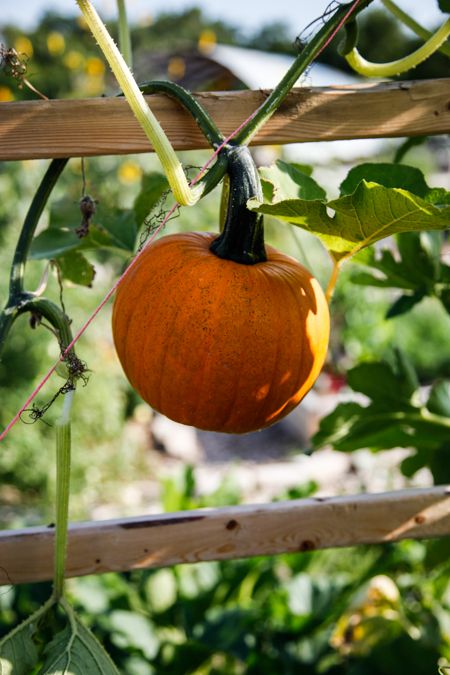In the U.S., pumpkins are a beloved fall and winter staple that are central to celebrations. Native to Central and South America, pumpkins are a key ingredient for traditional Thanksgiving dishes such as pies, soups, and breads. They are also widely used to carve jack-o’lanterns for Halloween, a tradition that originated in Ireland, where locals carved jack-o’lanterns out of large turnips and potatoes.
The name, “jack-o’lantern,” is said to come from an Irish folktale about a man named Stingy Jack who carried a coal in a carved-out turnip as a lantern to light his way. In Ireland and Scotland, people made their own versions of Jack’s lanterns by carving scary faces into turnips or potatoes to scare off Stingy Jack, said to be a ghostly figure. In England, large beets were used as an alternative. Irish immigrants brought over the tradition to America, where they found that pumpkins, native to the Americas, were the ideal jack-o’lantern, and the tradition was soon adopted as part of Halloween festivities.
Varieties that are best for carving are Dill’s Atlantic Giant, Big Max, Mammoth Gold and Lumina. Jack-B-Little is a smaller variety that is very good for decorating. For roasting or making a pie, Small Sugar is a good choice. Jackpot and Spirit Hybrid are good multi-purpose varieties that can be both carved and eaten. Of course, any of the varieties could be eaten, but with the tradition of Halloween, the pumpkins that are bred for carving pumpkins often lack the flavor of some of the smaller varieties that are better-suited for eating. We wish you plenty of artistic creativity as you carve pumpkins either for Halloween or fall festivities!

